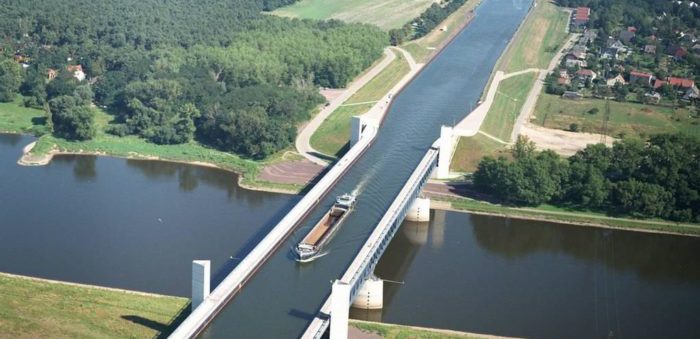The European Council adopted conclusions on inland waterway transport, on December 3. The conclusions acknowledge the significant contribution that this mode of transport can make towards mitigating the negative effects of the transport sector as a whole.
The conclusions stress the need for more efforts to exploit the full potential of inland waterway transport, and call on the European Commission to develop a follow-up programme to NAIADES II. This should be launched by the end of 2020.
[smlsubform prepend=”GET THE SAFETY4SEA IN YOUR INBOX!” showname=false emailtxt=”” emailholder=”Enter your email address” showsubmit=true submittxt=”Submit” jsthanks=false thankyou=”Thank you for subscribing to our mailing list”]
The Council acknowledged the significant contribution inland waterway transport could make towards reducing the negative effects of transport. This can be achieved both by shifting freight transport from the road, as well as by reducing noise emissions, accidents and congestion on roads without additional land use.
Moreover, the Regulation (EU) No 1315/2013 of the European Parliament and of the Council of 11 December 2013 requires that rivers, canals and lakes have to be maintained to preserve good navigation status. EU said that this can be achieved with relatively low infrastructure costs.
Now, there is the need to launch a follow-up programme to NAIADES II by the end of 2020, to ensure the continuity of the measures. For this reason, the Council called the Commission to develop in cooperation with Member States, river commissions and other relevant stakeholders such a programme addressing the following issues:
- Infrastructure maintenance, rehabilitation and upgrade; including ports;
- An implementation strategy for fleet modernisation and technological development, in particular with regard to environmental performance, efficiency and safety; – human resources development, including training and qualification;
- Maintaining a level playing field and fair social conditions within and beyond the borders of the Union;
- An implementation strategy for digitalisation (e.g. next generation of River Information Services (RIS), electronic Union certificates, service record books, logbooks and electronic transport documents);
- Measures to improve the competitiveness of the sector and market observation;
- Integration and interoperability with other modes of transport, as well as research and development in the field of automation;
- Support cooperation with international bodies and organisations and within intergovernmental activities in the field of inland navigation.
See more details in the PDF below
































































